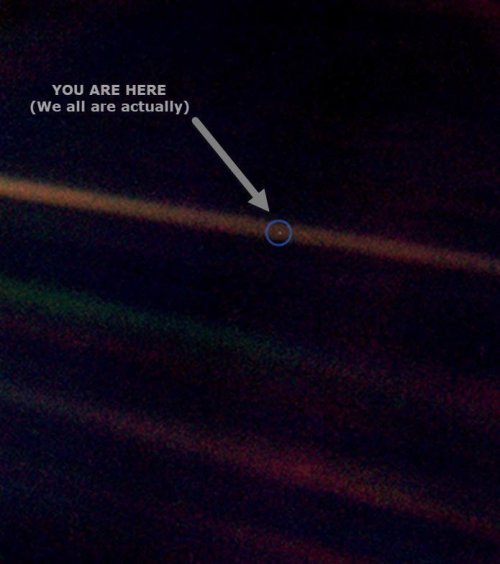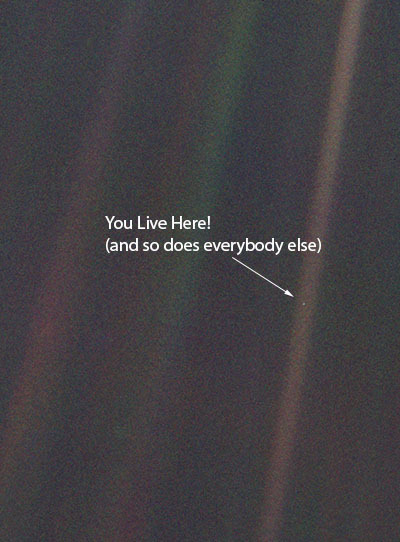Sh2-136, Ghosts Of The Cosmos

Sh2-136, Ghosts of the Cosmos
More Posts from Ad-astra-affecte-spe and Others

Galactic center of Milky Way © cosmic_background

Going for a walk. Apollo 17 astronaut Ronald Evans leaves to the spacecraft to retrieve film cassettes from the Service Module, Dec 1972. Mr. Evans was Command Module Pilot & orbited the moon a record 75 times during the mission. He holds the record for most time spent in lunar orbit at just shy of 148 hours. He is the last human to orbit the moon solo. A historic figure in space pioneering.

Saturn. American Tract Society Almanac. 1860.
Internet Archive

NGC 2244, Within the Rose
Hey. Why isn’t the moon landing a national holiday in the US. Isn’t that fucked up? Does anyone else think that’s absurd?

Andromeda, If It Was Brighter
One of the largest structures in the night sky is visible with the naked eye, but if you live in a city, it's literally hiding just out of sight. Even in a dark area, it's not the easiest to immediately see, but the above image has brightened it up for us, to show us what the galaxy would look like, if only the sky was dark enough and the galaxy was a bit brighter.
The moon comparison is the best one, that is something we can all see in the night sky (unless you live in the UK, where you see mostly clouds).
Now imagine that galaxy stretching several moon-spans across the sky. That I hope gives you a minor taste of what it's like when using a small telescope or even binoculars, you first come across it.
If you live in the Northern Hemisphere, then it's well worth the search.

Near sunset, look for 3 objects which should be easy to locate, Venus and Jupiter (I'll come to this in a moment) low in the sky, the W of Cassiopeia and the Seven Sisters (Pleiades), and from that, you should find the location. Bare in mind it's several times the size of the moon, so you don't have to be too accurate, but if you can find the stars of Andromeda, that will help refine your search.

And finally that brings me on to the real star of the sky currently, Jupiter and Venus, the two brightest planets, very close together.
In fact, if you do have a really good pair of binoculars, or small telescope, this is a great time to view them. Venus often appears as a crescent like a phase of the moon, and Jupiter has it's 4 Galilean moons to spot.

Happy Spotting !






cancel your plans we’re thinking about the pale blue dot voyager pic tonight
-
 rosakai reblogged this · 2 weeks ago
rosakai reblogged this · 2 weeks ago -
 sonriiize reblogged this · 2 weeks ago
sonriiize reblogged this · 2 weeks ago -
 beforethelightsturnoff liked this · 1 month ago
beforethelightsturnoff liked this · 1 month ago -
 vistadreams reblogged this · 1 month ago
vistadreams reblogged this · 1 month ago -
 lireb-librarian liked this · 1 month ago
lireb-librarian liked this · 1 month ago -
 acquittingly-archangelic liked this · 3 months ago
acquittingly-archangelic liked this · 3 months ago -
 rebignitram reblogged this · 3 months ago
rebignitram reblogged this · 3 months ago -
 eriond reblogged this · 3 months ago
eriond reblogged this · 3 months ago -
 madonnasexwithme liked this · 3 months ago
madonnasexwithme liked this · 3 months ago -
 youngplayboyscout liked this · 4 months ago
youngplayboyscout liked this · 4 months ago -
 p3ss1n reblogged this · 4 months ago
p3ss1n reblogged this · 4 months ago -
 p3ss1n liked this · 4 months ago
p3ss1n liked this · 4 months ago -
 scorpiainlove liked this · 4 months ago
scorpiainlove liked this · 4 months ago -
 tayoliveira2 liked this · 4 months ago
tayoliveira2 liked this · 4 months ago -
 caelumkatana reblogged this · 4 months ago
caelumkatana reblogged this · 4 months ago -
 bear-pattern-hamster liked this · 4 months ago
bear-pattern-hamster liked this · 4 months ago -
 nvrddgd reblogged this · 4 months ago
nvrddgd reblogged this · 4 months ago -
 oniscoid liked this · 5 months ago
oniscoid liked this · 5 months ago -
 morada-de-viajantes reblogged this · 5 months ago
morada-de-viajantes reblogged this · 5 months ago -
 goliardos liked this · 5 months ago
goliardos liked this · 5 months ago -
 donnieecassius liked this · 6 months ago
donnieecassius liked this · 6 months ago -
 franco-x liked this · 6 months ago
franco-x liked this · 6 months ago -
 blessthosewhocurseyou liked this · 6 months ago
blessthosewhocurseyou liked this · 6 months ago -
 goldenaelak reblogged this · 6 months ago
goldenaelak reblogged this · 6 months ago -
 severescissorszonkdean liked this · 6 months ago
severescissorszonkdean liked this · 6 months ago -
 highclassgamesofsorrow reblogged this · 6 months ago
highclassgamesofsorrow reblogged this · 6 months ago -
 miscellennyous reblogged this · 6 months ago
miscellennyous reblogged this · 6 months ago -
 miscellennyous liked this · 6 months ago
miscellennyous liked this · 6 months ago -
 the-promised-wlan reblogged this · 6 months ago
the-promised-wlan reblogged this · 6 months ago -
 catlizard liked this · 7 months ago
catlizard liked this · 7 months ago -
 buffetlicious liked this · 7 months ago
buffetlicious liked this · 7 months ago -
 kingjujizzle reblogged this · 7 months ago
kingjujizzle reblogged this · 7 months ago -
 zelmaroo liked this · 7 months ago
zelmaroo liked this · 7 months ago -
 icarusfangs reblogged this · 7 months ago
icarusfangs reblogged this · 7 months ago -
 goldenaelak liked this · 7 months ago
goldenaelak liked this · 7 months ago -
 karpouzaki liked this · 8 months ago
karpouzaki liked this · 8 months ago -
 shersh-5 liked this · 8 months ago
shersh-5 liked this · 8 months ago -
 imthelostwanderer reblogged this · 8 months ago
imthelostwanderer reblogged this · 8 months ago -
 lizbotw liked this · 8 months ago
lizbotw liked this · 8 months ago -
 just-watching-the-rain reblogged this · 8 months ago
just-watching-the-rain reblogged this · 8 months ago -
 astraeasstars reblogged this · 8 months ago
astraeasstars reblogged this · 8 months ago -
 outoftimesblog liked this · 8 months ago
outoftimesblog liked this · 8 months ago

★•Astronomy, Physics, and Aerospace•★ Original and Reblogged Content curated by a NASA Solar System Ambassador
204 posts
































